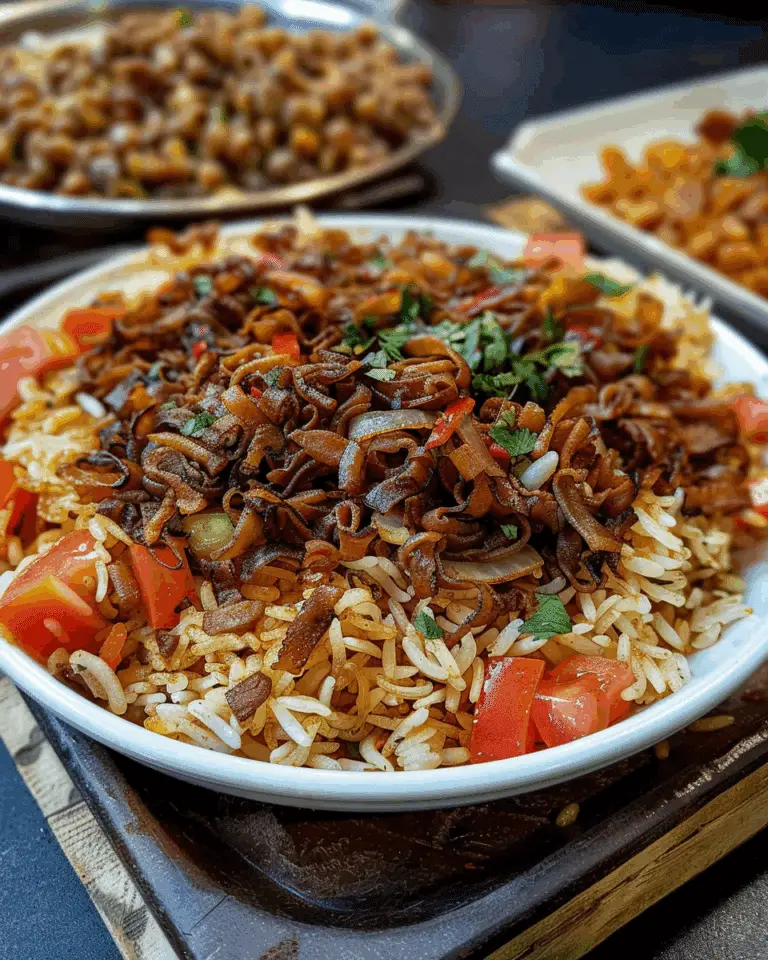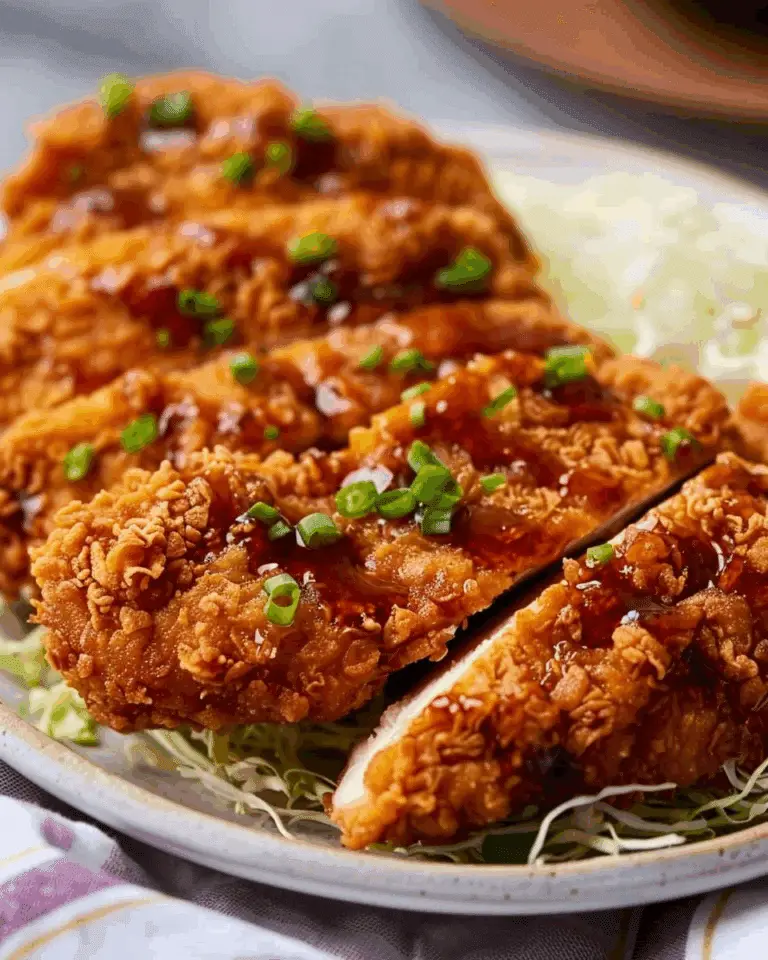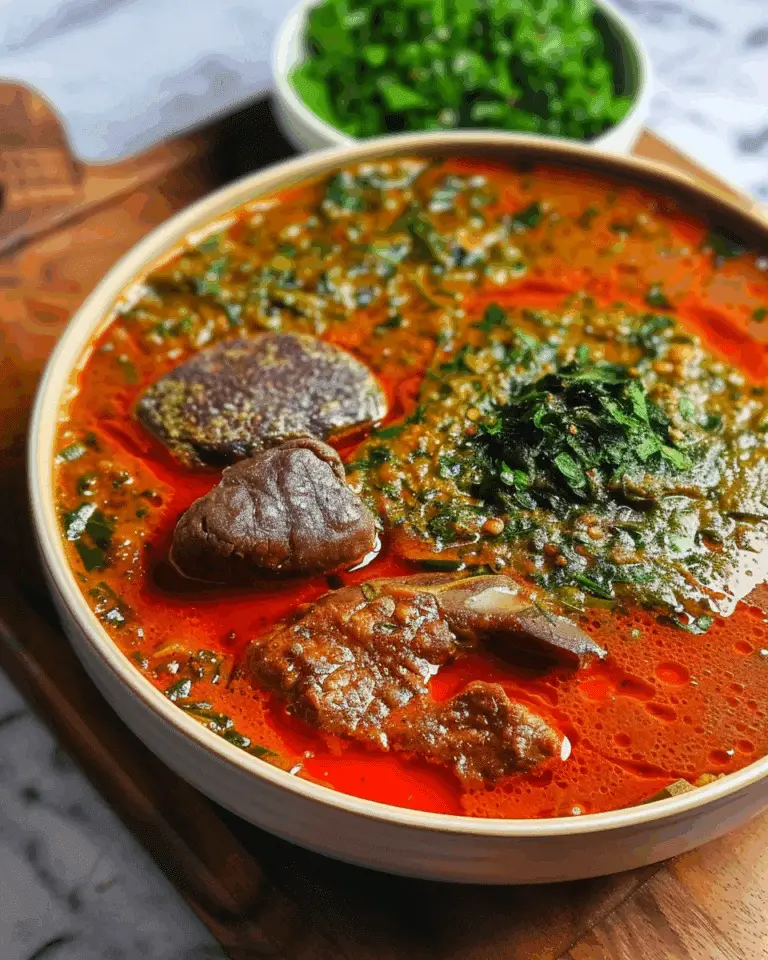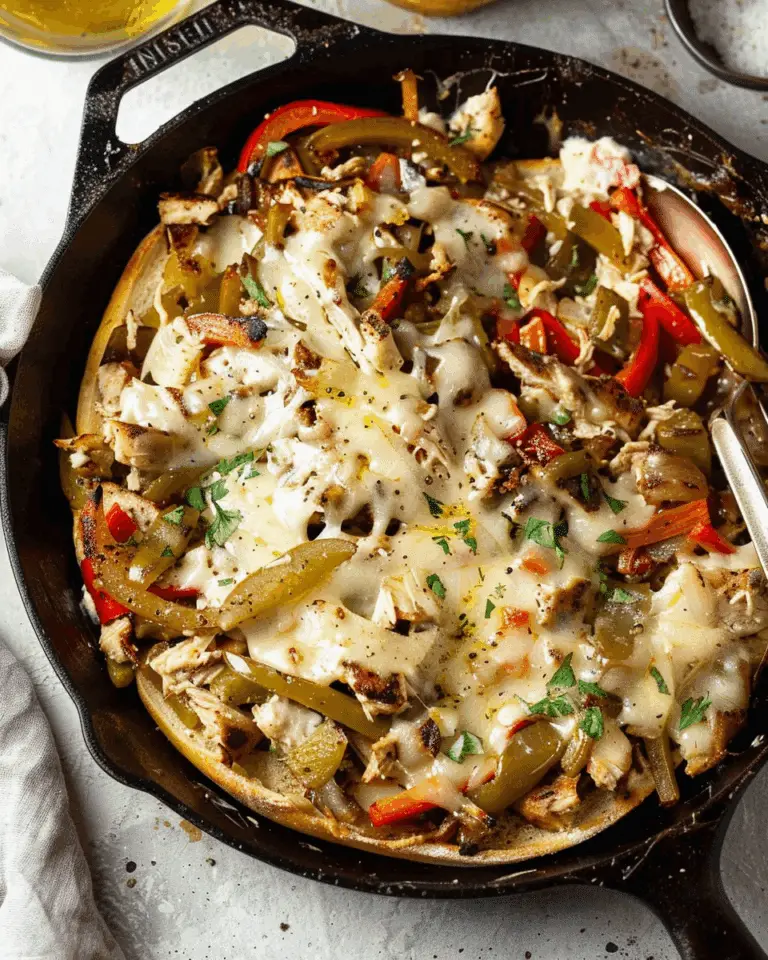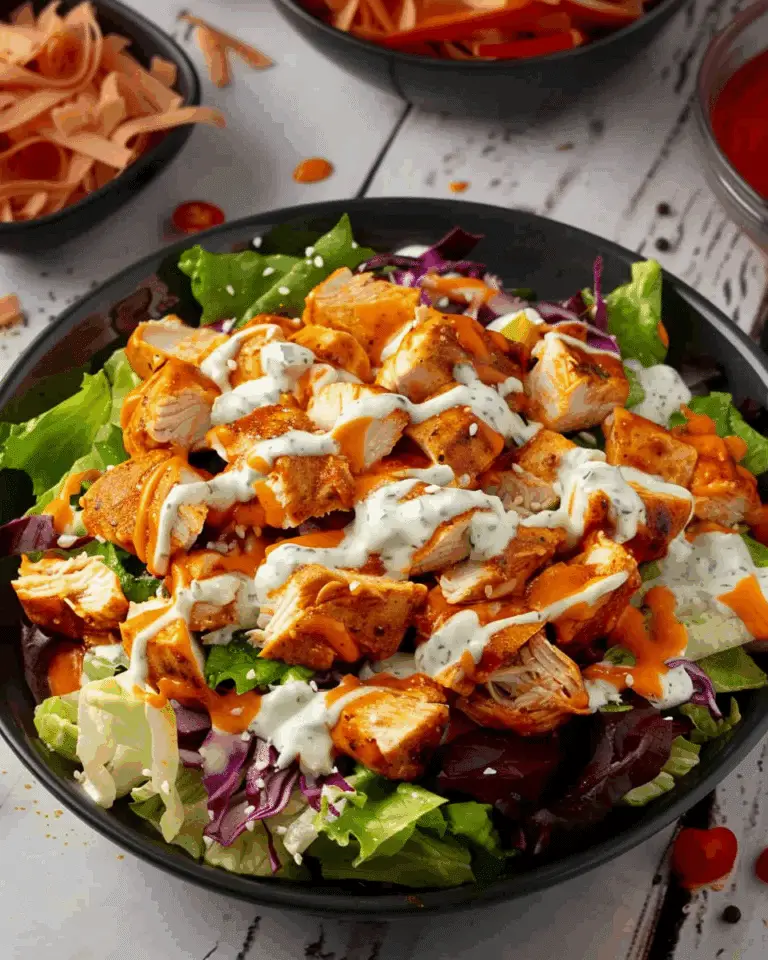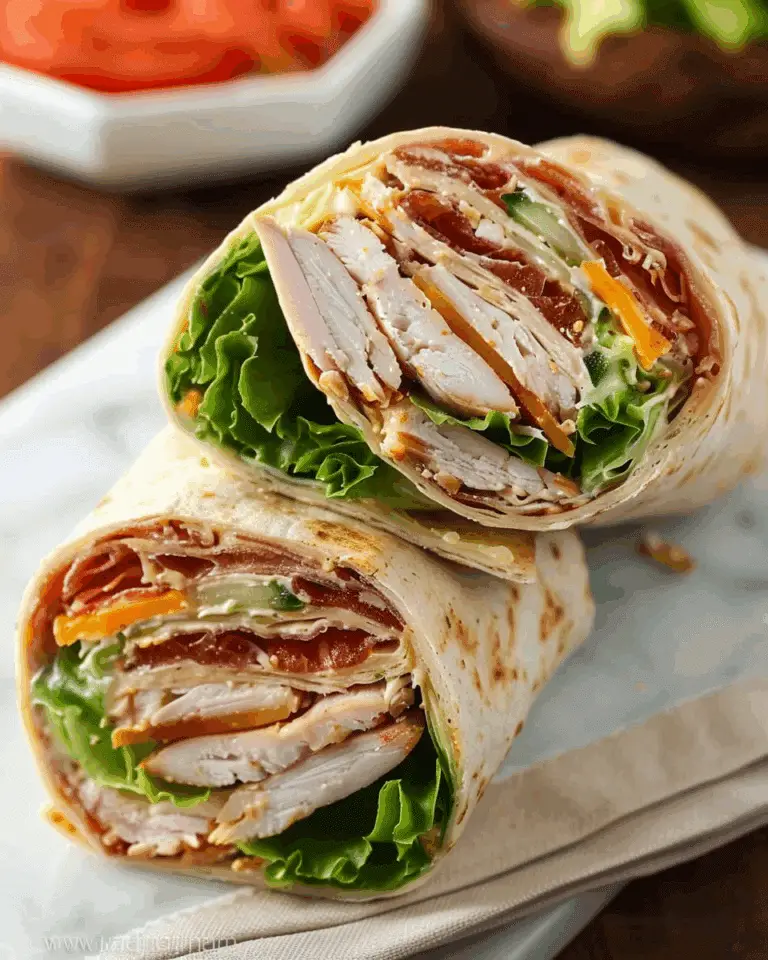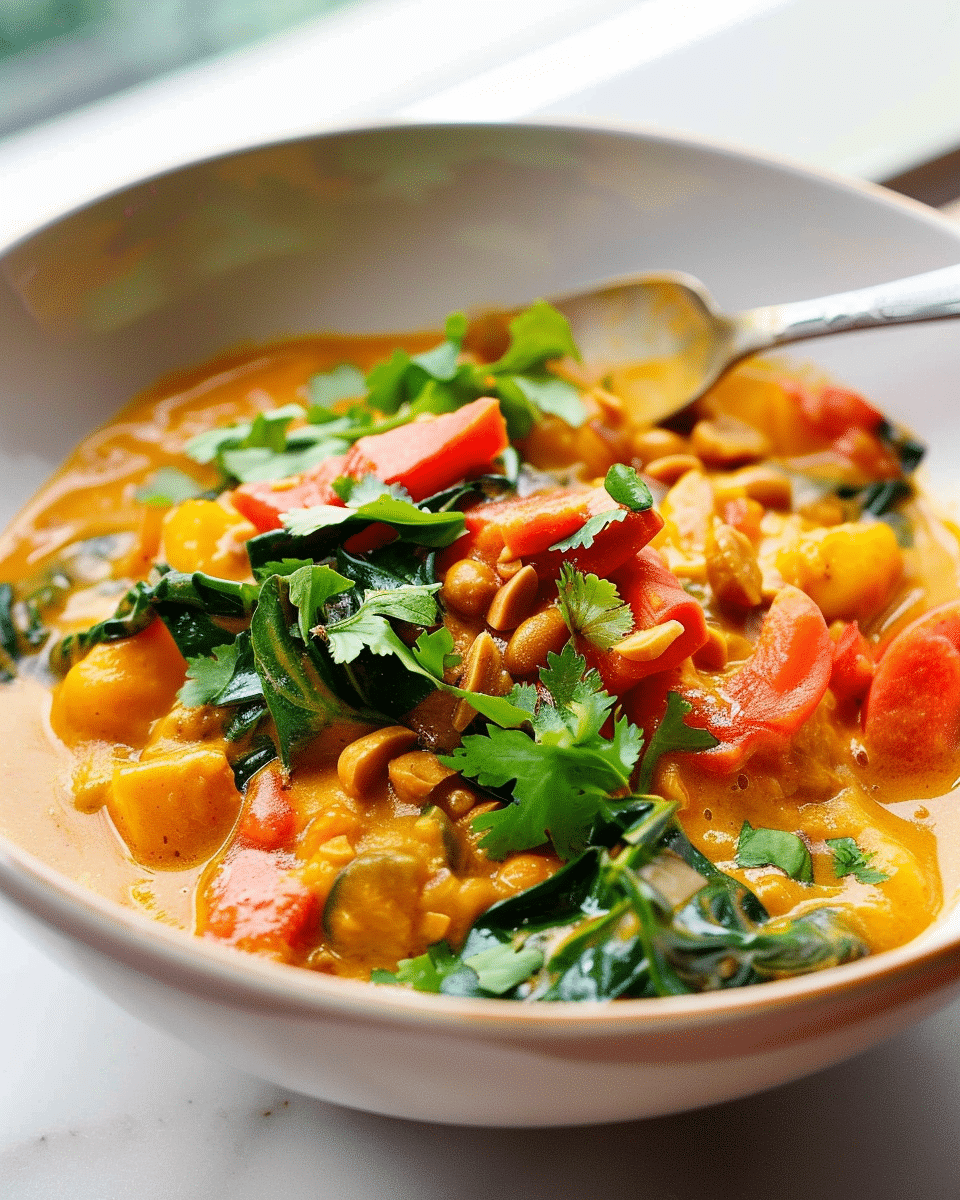
Why You’ll Love This Recipe
This Thai Peanut Curry is a crowd-pleaser, offering a rich and creamy sauce that is perfectly balanced with the right amount of heat. The combination of peanut butter, coconut milk, and Thai seasonings creates a complex, satisfying flavor profile that can be customized with your favorite vegetables or protein. It’s also easy to make and requires simple ingredients, making it a great go-to recipe when you’re craving something comforting yet exciting. Plus, it’s versatile enough to be enjoyed by everyone, whether you’re a meat lover or following a vegetarian or vegan diet.
Ingredients
-
1 tablespoon vegetable oil
-
1 onion, chopped
-
2 cloves garlic, minced
-
1 tablespoon fresh ginger, grated
-
1 red bell pepper, sliced
-
1 carrot, julienned
-
1 zucchini, sliced
-
1 can (14 oz) coconut milk
-
3 tablespoons peanut butter (smooth or crunchy)
-
2 tablespoons soy sauce or tamari for gluten-free
-
1 tablespoon brown sugar
-
1 tablespoon red curry paste
-
1 teaspoon lime juice
-
1/2 cup water or vegetable broth
-
Fresh cilantro, chopped for garnish
-
Salt and pepper to taste
-
Optional: tofu, chicken, or shrimp for added protein
-
Cooked rice, for serving
(Tip: You’ll find the full list of ingredients and measurements in the recipe card below.)
Directions
-
Heat the vegetable oil in a large skillet or wok over medium heat. Add the chopped onion and cook for 2-3 minutes until softened.
-
Add the minced garlic and grated ginger, cooking for another 1 minute until fragrant.
-
Stir in the red bell pepper, carrot, and zucchini, and cook for 3-4 minutes until the vegetables are tender-crisp.
-
In a separate bowl, whisk together the coconut milk, peanut butter, soy sauce, brown sugar, red curry paste, lime juice, and water (or broth).
-
Pour the peanut sauce mixture into the pan with the vegetables. Stir well to coat the vegetables in the sauce. Bring the mixture to a simmer and cook for 5-7 minutes until the sauce thickens and the vegetables are tender.
-
Taste the curry and adjust the seasoning with salt, pepper, or more lime juice if needed.
-
Serve the curry over cooked rice and garnish with chopped cilantro. Add your choice of protein (tofu, chicken, or shrimp) if desired.
Servings and Timing
-
Servings: 4
-
Prep time: 10 minutes
-
Cook time: 20 minutes
-
Total time: 30 minutes
Variations
-
Vegan version: Use tofu or tempeh as a protein, and ensure your soy sauce or tamari is gluten-free.
-
Extra spicy: Add chopped fresh chilies or more red curry paste to increase the heat level of the curry.
-
Vegetable variety: Feel free to swap in other vegetables like broccoli, snap peas, or baby corn for added texture and flavor.
-
Noodle option: Instead of serving the curry over rice, try serving it over rice noodles or soba noodles for a different twist.
Storage/Reheating
-
Storage: Store leftover curry in an airtight container in the refrigerator for up to 3 days.
-
Reheating: Reheat the curry in a saucepan over low heat, adding a little water or coconut milk to loosen the sauce. Stir occasionally until heated through.
FAQs
1. Can I use natural peanut butter for this curry?
Yes, natural peanut butter will work, but it may result in a slightly less smooth texture. If you prefer a creamier sauce, smooth peanut butter is recommended.
2. Can I make this curry without coconut milk?
Yes, you can substitute coconut milk with regular milk or a non-dairy milk like almond or soy milk. However, this will change the flavor and creaminess slightly.
3. How can I make this curry spicier?
To increase the spice level, add more red curry paste, fresh chopped chilies, or a pinch of chili flakes to taste.
4. Can I freeze the leftover curry?
Yes, you can freeze this curry for up to 2 months. Store it in an airtight container, and when ready to eat, reheat it on the stove, adding a bit of water or coconut milk to restore the consistency.
5. Can I use crunchy peanut butter in this recipe?
Yes, crunchy peanut butter will add texture to the curry, but smooth peanut butter gives a more uniform and creamy sauce.
6. Can I add meat to this curry?
Yes, chicken, shrimp, or beef would all be great additions to the curry. Simply cook the meat before adding the vegetables and peanut sauce, or toss it in during the simmering stage.
7. Can I use other types of curry paste?
Yes, while red curry paste is traditional, you can use green or yellow curry paste for a different flavor profile. Each type has its unique spice blend and heat level.
8. Is this curry gluten-free?
Yes, if you use tamari or a gluten-free soy sauce, this curry will be completely gluten-free. Make sure to check the ingredients of your curry paste for any hidden gluten.
9. Can I make this recipe without sugar?
Yes, you can omit the sugar or substitute it with a natural sweetener like maple syrup or coconut sugar for a healthier option.
10. Can I add more vegetables to this curry?
Absolutely! This curry is very versatile, and you can add any of your favorite vegetables, like mushrooms, spinach, or bell peppers.
Conclusion
Thai Peanut Curry is a deliciously creamy, aromatic dish that’s packed with flavor and easy to make. Whether you enjoy it with vegetables, tofu, or meat, the peanut sauce is what makes this recipe so special. It’s a comforting, satisfying meal that can be customized to your tastes and dietary preferences. Quick to prepare and bursting with flavor, this Thai Peanut Curry will quickly become a favorite in your recipe rotation. Serve it over rice or noodles for the ultimate comfort meal.
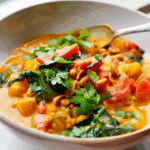
Thai Peanut Curry
5 Stars 4 Stars 3 Stars 2 Stars 1 Star
No reviews
- Author: Ava
- Total Time: 30 minutes
- Yield: 4 servings
Description
Thai Peanut Curry is a vibrant and flavorful dish that brings together the rich, creamy texture of peanuts with the bold and aromatic flavors of Thai cuisine. This curry is a perfect balance of sweetness, heat, and savory goodness. Whether you enjoy it with vegetables, chicken, or tofu, the peanut sauce is the star, offering an indulgent yet light taste that pairs beautifully with rice. It’s the perfect dish to spice up your weeknight dinners or impress guests at your next dinner party.
Ingredients
- 1 tablespoon vegetable oil
1 onion, chopped
2 cloves garlic, minced
1 tablespoon fresh ginger, grated
1 red bell pepper, sliced
1 carrot, julienned
1 zucchini, sliced
1 can (14 oz) coconut milk
3 tablespoons peanut butter (smooth or crunchy)
2 tablespoons soy sauce or tamari for gluten-free
1 tablespoon brown sugar
1 tablespoon red curry paste
1 teaspoon lime juice
1/2 cup water or vegetable broth
Fresh cilantro, chopped for garnish
Salt and pepper to taste
Optional: tofu, chicken, or shrimp for added protein
Cooked rice, for serving
Instructions
- Heat the vegetable oil in a large skillet or wok over medium heat. Add the chopped onion and cook for 2-3 minutes until softened.
- Add the minced garlic and grated ginger, cooking for another 1 minute until fragrant.
- Stir in the red bell pepper, carrot, and zucchini, and cook for 3-4 minutes until the vegetables are tender-crisp.
- In a separate bowl, whisk together the coconut milk, peanut butter, soy sauce, brown sugar, red curry paste, lime juice, and water (or broth).
- Pour the peanut sauce mixture into the pan with the vegetables. Stir well to coat the vegetables in the sauce. Bring the mixture to a simmer and cook for 5-7 minutes until the sauce thickens and the vegetables are tender.
- Taste the curry and adjust the seasoning with salt, pepper, or more lime juice if needed.
- Serve the curry over cooked rice and garnish with chopped cilantro. Add your choice of protein (tofu, chicken, or shrimp) if desired.
Notes
- Vegan version: Use tofu or tempeh as a protein, and ensure your soy sauce or tamari is gluten-free.
- Extra spicy: Add chopped fresh chilies or more red curry paste to increase the heat level of the curry.
- Vegetable variety: Feel free to swap in other vegetables like broccoli, snap peas, or baby corn for added texture and flavor.
- Noodle option: Instead of serving the curry over rice, try serving it over rice noodles or soba noodles for a different twist.
- Prep Time: 10 minutes
- Cook Time: 20 minutes
- Category: Main Course
- Method: Simmering
- Cuisine: Thai
Nutrition
- Serving Size: 1 serving
- Calories: 350
- Sugar: 10g
- Sodium: 600mg
- Fat: 24g
- Saturated Fat: 5g
- Unsaturated Fat: 15g
- Trans Fat: 0g
- Carbohydrates: 30g
- Fiber: 4g
- Protein: 8g
- Cholesterol: 0mg


